Hardwood in my farmhouse - need advice on options (tung oil)-PICS
hautinglu
14 years ago
Related Stories

DECORATING GUIDES10 Design Tips Learned From the Worst Advice Ever
If these Houzzers’ tales don’t bolster the courage of your design convictions, nothing will
Full Story
KITCHEN DESIGNSmart Investments in Kitchen Cabinetry — a Realtor's Advice
Get expert info on what cabinet features are worth the money, for both you and potential buyers of your home
Full Story
REMODELING GUIDESContractor Tips: Advice for Laundry Room Design
Thinking ahead when installing or moving a washer and dryer can prevent frustration and damage down the road
Full Story
REMODELING GUIDESContractor Tips: Smooth Moves for Hardwood Floors
Dreaming of gorgeous, natural wood floors? Consider these professional pointers before you lay the first plank
Full Story
MATERIALSWhat to Ask Before Choosing a Hardwood Floor
We give you the details on cost, installation, wood varieties and more to help you pick the right hardwood flooring
Full Story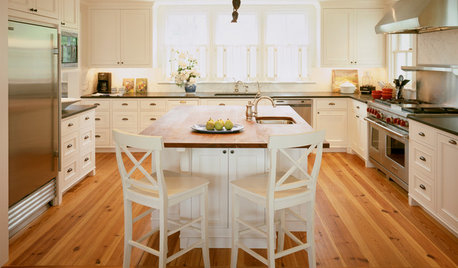
KITCHEN DESIGN3 Steps to Choosing Kitchen Finishes Wisely
Lost your way in the field of options for countertop and cabinet finishes? This advice will put your kitchen renovation back on track
Full Story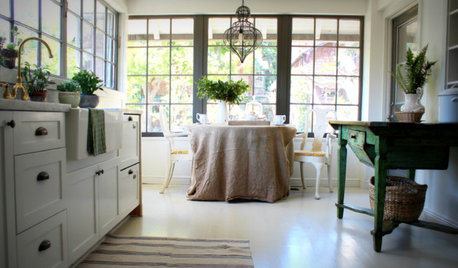
KITCHEN DESIGN12 Farmhouse Touches That Bring Homeyness to a Kitchen
Shaker cabinetry, country-store-inspired hardware, barn elements or a key piece of art will add homestead appeal to your kitchen
Full Story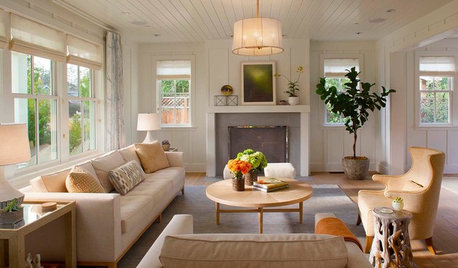
FARMHOUSESHouzz Tour: Farmhouse Style That Feels Metro, Not Retro
Classic forms get a contemporary twist in this airy and inviting Silicon Valley home
Full Story
HOUSEKEEPINGHow to Clean Hardwood Floors
Gleaming wood floors are a thing of beauty. Find out how to keep them that way
Full Story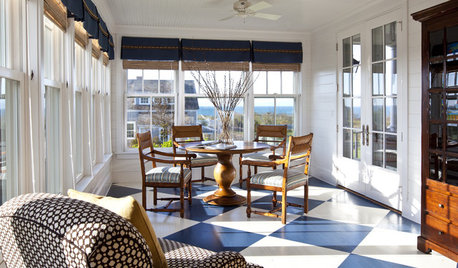
FLOORSHow to Paint Your Hardwood Floors
Know how to apply nail polish? Then you can give your wooden floors a brand-new look
Full Story





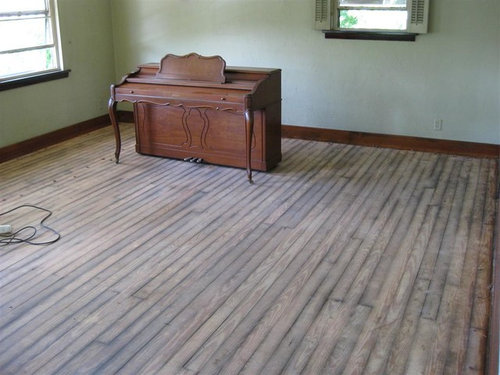
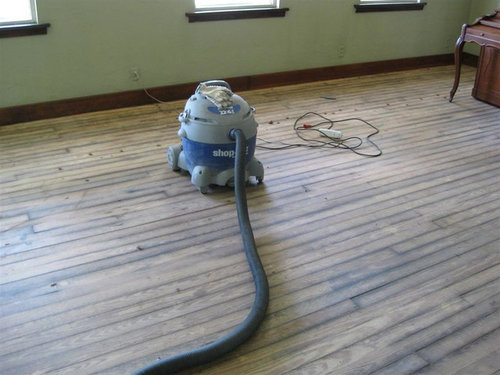
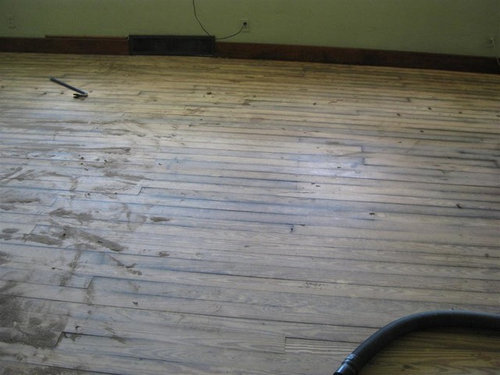

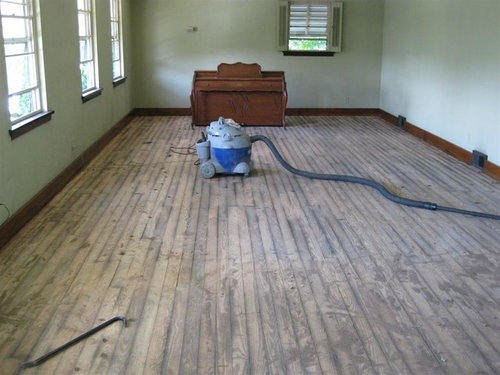
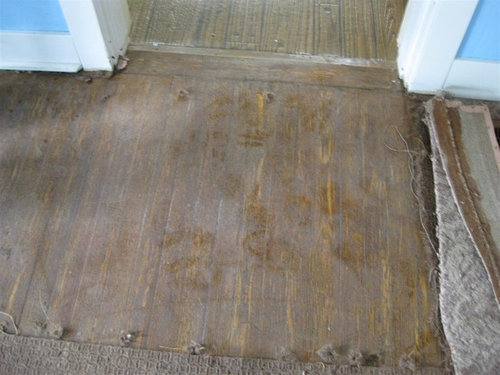

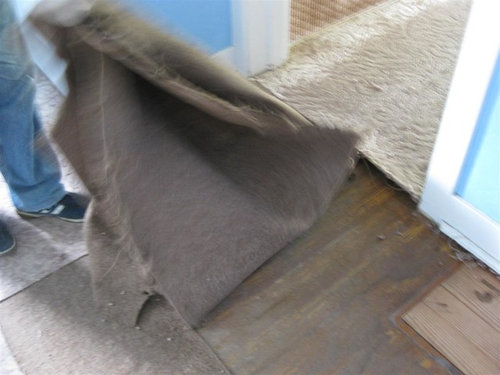





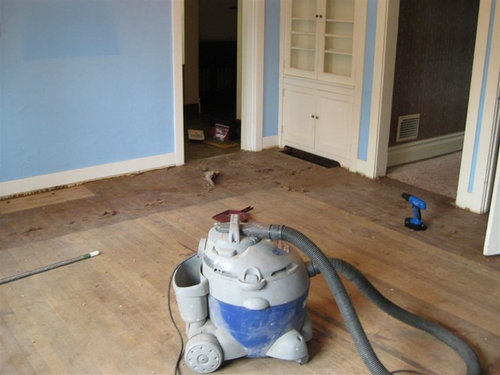

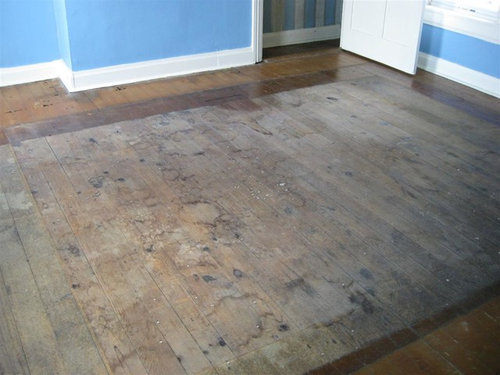


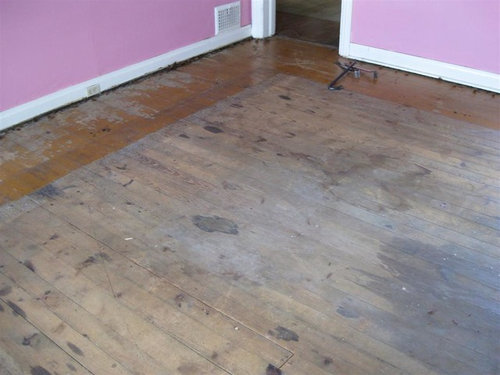
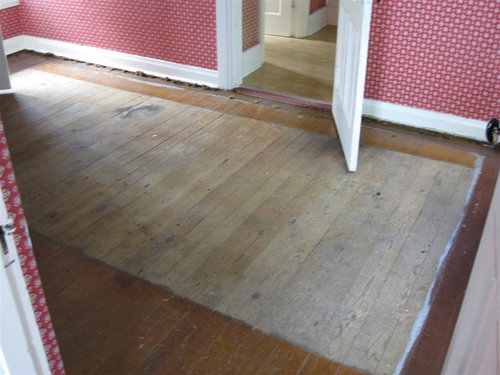



slateberry
alexia10
Related Professionals
Clute Kitchen & Bathroom Designers · Glens Falls Kitchen & Bathroom Designers · Ocala Kitchen & Bathroom Designers · Key Biscayne Kitchen & Bathroom Remodelers · League City Kitchen & Bathroom Remodelers · Los Alamitos Kitchen & Bathroom Remodelers · Olney Kitchen & Bathroom Remodelers · Spokane Kitchen & Bathroom Remodelers · Tempe Kitchen & Bathroom Remodelers · Palestine Kitchen & Bathroom Remodelers · Central Islip Architects & Building Designers · Frisco Architects & Building Designers · North Bergen Architects & Building Designers · Rocky Point Architects & Building Designers · Ronkonkoma Architects & Building DesignershautingluOriginal Author
antiquesilver
hautingluOriginal Author
inox
antiquesilver
slateberry
alexia10
alexia10
hautingluOriginal Author
bulldinkie
kzarina17
slateberry
hautingluOriginal Author
bulldinkie
saray7997
columbusguy1
hautingluOriginal Author
antiquesilver
hautingluOriginal Author
blackcats13
hautingluOriginal Author
eandhl
bulldinkie